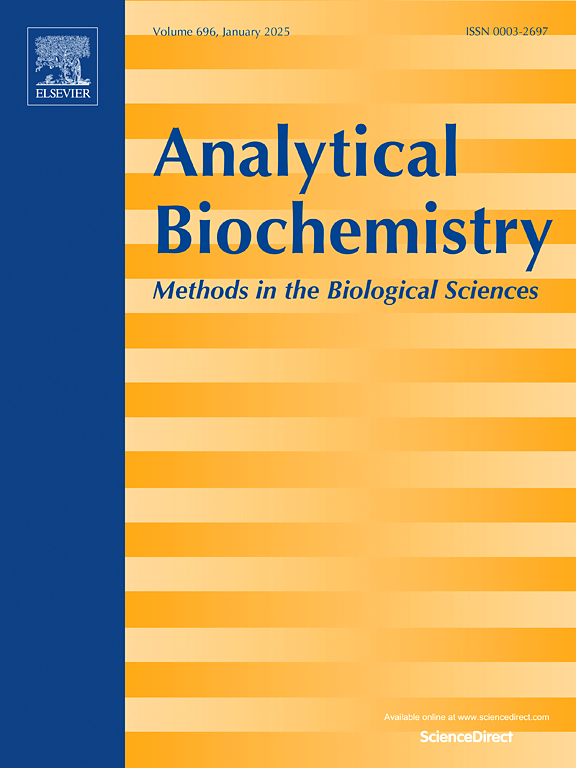革命性的癌症诊断:基于外泌体的生物传感器的前景
IF 2.5
4区 生物学
Q2 BIOCHEMICAL RESEARCH METHODS
引用次数: 0
摘要
外泌体是由包括癌细胞在内的所有细胞产生的一组细胞外纳米囊泡。它们携带母细胞的生物学信息,可以促进肿瘤的生长。外泌体的另一个优点是它们在唾液、尿液、血液和腹膜液等所有体液中含量丰富。因此,鉴定和分离它们作为生物标志物在早期癌症检测中是有用的。然而,由于外泌体在临床样品中的浓度有限,且对体内环境有干扰,对癌细胞的准确识别和有效诊断面临问题。因此,有必要实现高灵敏度和特异性的生物传感器来检测复杂生物环境中癌症肿瘤的外泌体。本文综述了用于结肠癌、前列腺癌、乳腺癌和膀胱癌检测的生物传感器。我们讨论了各种传感平台,包括电化学、光学和基于微流体的方法,以及它们与外泌体分离和表征技术的集成。本文还讨论了该领域的挑战和未来方向,强调了基于外泌体的生物传感器在癌症诊断和个性化医疗方面的潜力。本文章由计算机程序翻译,如有差异,请以英文原文为准。

Revolutionizing cancer diagnostics: The promise of exosome-based biosensors
Exosomes are a group of extracellular nanovesicles that are produced by all cells, including cancer cells. They carry the biological information of mother cells and can facilitate tumor growth. Another advantage of exosomes is their abundance in all body fluids such as saliva, urine, blood and peritoneal fluid. Therefore, identifying and isolating them as biomarkers is useful in early cancer detection. However, due to the limited concentration of exosomes in clinical samples and their interference with the internal environment, accurate identification and effective diagnosis of cancer cells faces problems. Therefore, there is a need to implement highly sensitive and specific biosensors to detect exosomes from cancer tumors in complex biological environments. In the present review, biosensors developed for the detection of colon, prostate, breast and bladder cancers are discussed. We discuss various sensing platforms, including electrochemical, optical, and microfluidic-based approaches, and their integration with exosome isolation and characterization techniques. Challenges and future directions in the field are also addressed, highlighting the potential of exosome-based biosensors to revolutionize cancer diagnostics and personalized medicine.
求助全文
通过发布文献求助,成功后即可免费获取论文全文。
去求助
来源期刊

Analytical biochemistry
生物-分析化学
CiteScore
5.70
自引率
0.00%
发文量
283
审稿时长
44 days
期刊介绍:
The journal''s title Analytical Biochemistry: Methods in the Biological Sciences declares its broad scope: methods for the basic biological sciences that include biochemistry, molecular genetics, cell biology, proteomics, immunology, bioinformatics and wherever the frontiers of research take the field.
The emphasis is on methods from the strictly analytical to the more preparative that would include novel approaches to protein purification as well as improvements in cell and organ culture. The actual techniques are equally inclusive ranging from aptamers to zymology.
The journal has been particularly active in:
-Analytical techniques for biological molecules-
Aptamer selection and utilization-
Biosensors-
Chromatography-
Cloning, sequencing and mutagenesis-
Electrochemical methods-
Electrophoresis-
Enzyme characterization methods-
Immunological approaches-
Mass spectrometry of proteins and nucleic acids-
Metabolomics-
Nano level techniques-
Optical spectroscopy in all its forms.
The journal is reluctant to include most drug and strictly clinical studies as there are more suitable publication platforms for these types of papers.
 求助内容:
求助内容: 应助结果提醒方式:
应助结果提醒方式:


